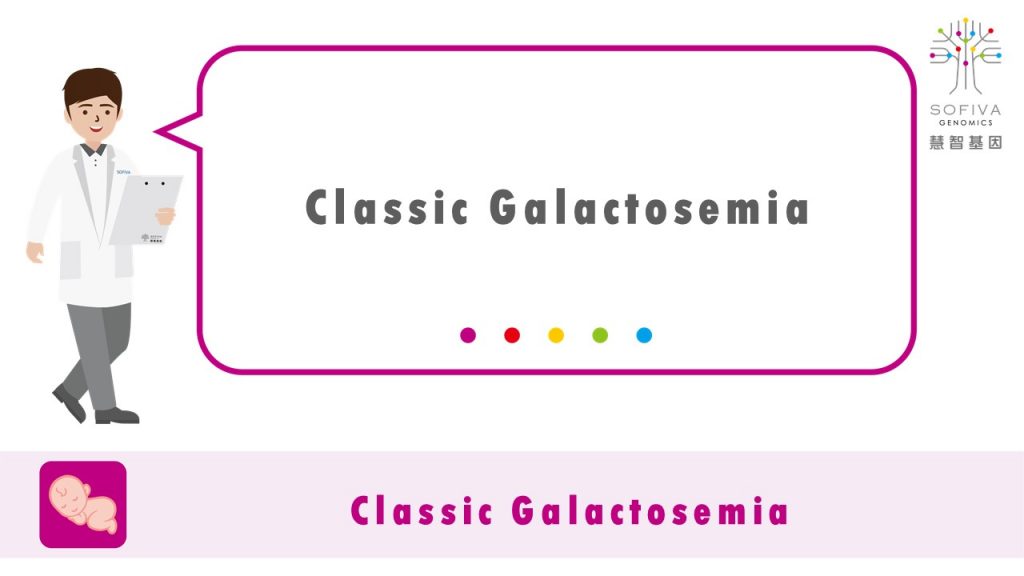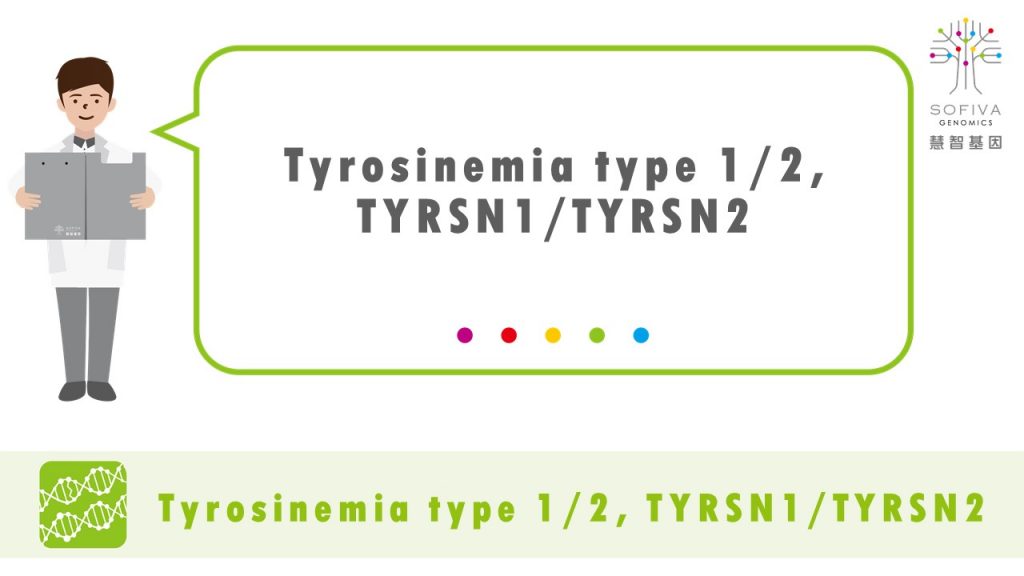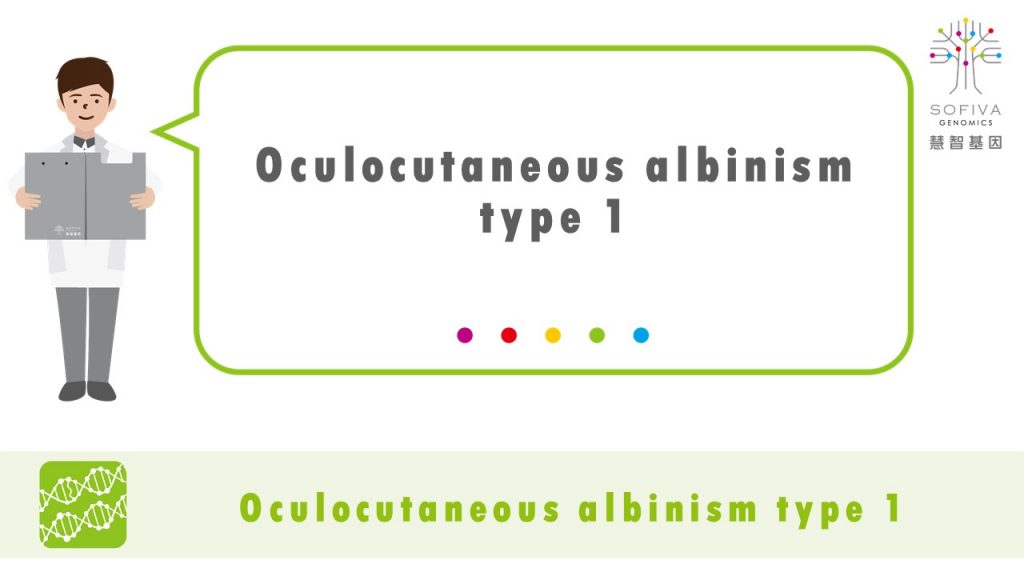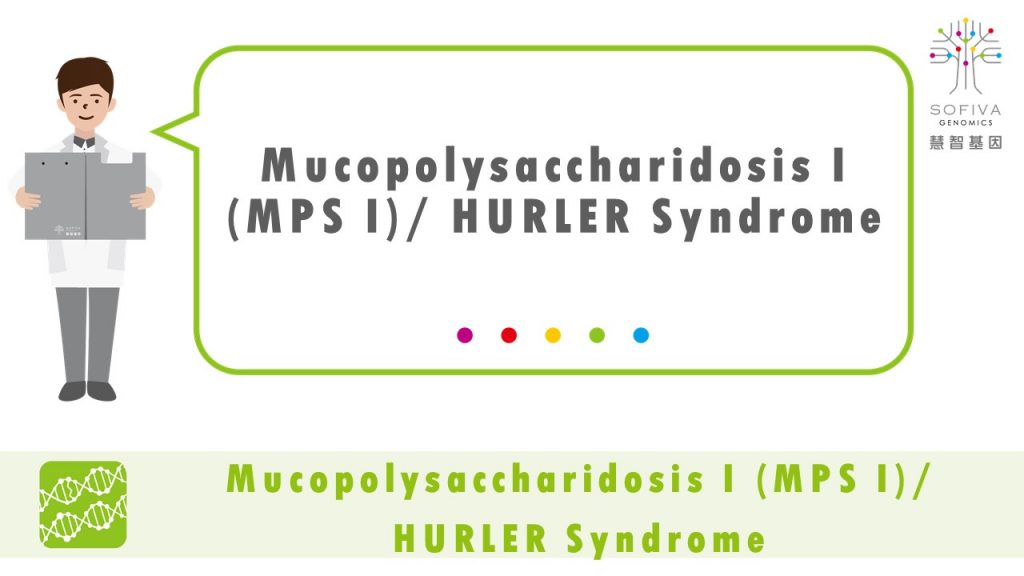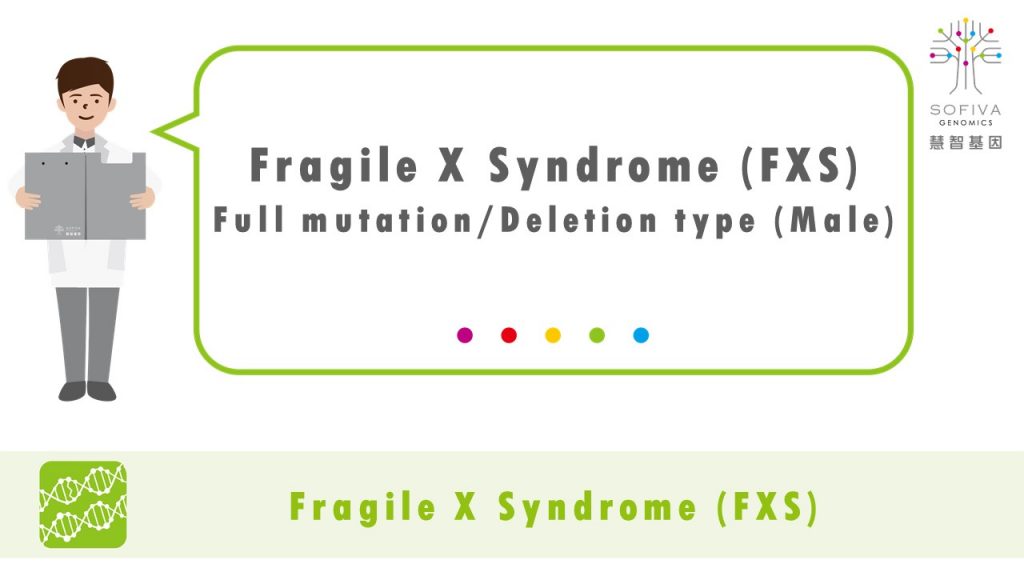What is a classic galactosemia?
Classic galactosemia is a rare autosomal recessive disorders that causes an inability to digest galactose, which is a breakdown product of lactose. Lactose is found mainly in milk and dairy products. In the intestine, this lactose is broken down into glucose and galactose, which are then used as a source of energy.
When the galactose-1-phosphate uridyltransferase (GALT) is either defective or missing, patient is unable to convert the galactose into glucose which causes galactose to accumulate in the blood.
Frequency of classic galactosemia
Classic galactosemia (GALT) occurs in 1 in every 30,000 to 60,000 newborns.
Symptoms of classic galactosemia
Classic galactosemia can lead to serious problems such as feeding difficulties, lethargy, failure to thrive, jaundice, liver enlargement, kidney failure, brain damage and cataracts. If left untreated, it can cause death.
What should I do for abnormality detected?
If newborn screening result for GAL was out of the normal range, please consult with your physician for personalized medical advice. The physician will arrange an examination or test for your baby.
How is classic galactosemia treated?
The condition is managed by feeding infants on a diet that is lactose and galactose free. This helps to prevent complications such as liver and kidney damage, although some individuals still go on to develop long-term complications.
The specific treatment for classic galactosemia will be determined by the physician in consultation with you.
References
- Metabolism. 2018;83:188-196.
- Pediatr Rev . 2019;40(Suppl 1):24-27.
- MedlinePlus

